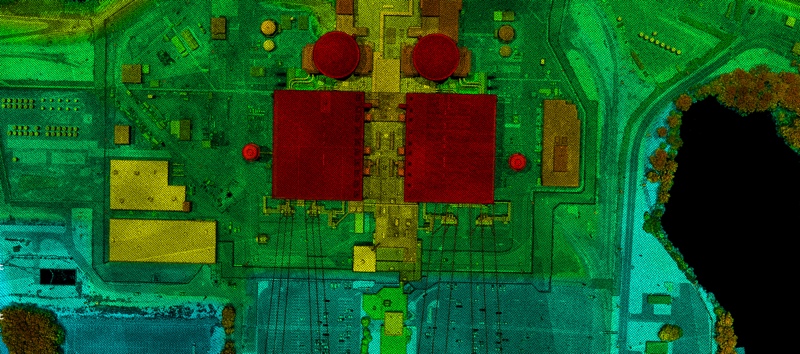I was recently in touch with a writer friend of mine who lives in London. We’re both old enough that we emailed rather than Snapchatted or WhatsApped. I mentioned that I was writing a book about the history of lidar. He’s a wry type. He answered:
Yes, my first thought was “but surely there are already dozens of ‘definitive’ books on lidar?!?!”
My second thought was “what the eff is lidar and do i really need to read a whole book to find out?”
The email exchange went on to talk about England’s soccer fortunes and standard writerly quibbles about the editing process. But I couldn’t quite let those two sentences go.
First: I’m not a lidar expert. I’m a writer who likes to relay technical stories in nontechnical terms. I have written a book about lidar called “The Laser That’s Changing the World.” It is by no means “definitive.” That’s by design.
A definitive book on lidar, covering a history dating 30 years before the invention of the laser and touching upon all the innovations and innovators across a staggering breadth of science, engineering, and commerce, would take thousands of pages and end up unreadable.
The first half of the second sentence, “what the eff is lidar…”, though, gets to the heart of why I had pitched publishers a book about lidar in the first place. I’ll bet that about every SPAR 3D reader has heard some flavor of that question. You know all too well that lidar’s low public profile is more or less inversely proportional to the technology’s extraordinary contributions across atmospheric science, bathymetry, geodesy, space science, elevation and street mapping, BIM, civil engineering, 3D capture, disaster preparedness and recovery, land and watershed management, vegetation management, glaciology, archaeology, historic preservation, law enforcement, and, not least, the development of self-driving vehicles.
In fact, I would guess that, were it not for lidar’s central role in the rapid advance of autonomous vehicles over the past decade, no publisher of general-interest fare would have bitten. It would have been a shame, because lidar offers a unique window into the nature of modern innovation.
There’s a direct line from theoretical physics (Einstein’s stimulated emission theory, among others) to experimental physics (Theodore Maiman’s Hughes Research lab, among others) to a lidar spinning on top of a self-driving car or flickering earthward from the belly of a drone. Fundamental physics is at the heart of everything, of course, but rarely is it applied in so diversely and directly as with a lidar’s laser.
The laser is hardly the half of it. You’ve got detectors, processors, storage, user interfaces and all the associated software to deal with, too. And those are just the enabling technologies. The real magic of lidar is in the people who adapted and optimized those technologies to tackle a staggering breadth of problems. That’s what you “really need to read a whole book to find out.”
Or in my case, what I needed to write a whole book to find out: How Hughes engineers quickly turned Maiman’s invention into a laser ranger destined for Cold War tanks; how a professor and his sidekick shot at the moon and paved the way for lidars in atmospheric studies; how glaciologists convinced NASA to put a lidar in space to better measure ice sheets and estimate the sea level rise their melting threatened; how the musings of a satellite laser ranging pioneer led to single-photon lidar and those of a missile defense project physicist led to Geiger-mode lidar; how the inventor of a high-end line of subwoofers became an automotive lidar pioneer; and so on.
Lidar’s history is as rich as it is diverse. Knowing about it won’t keep you abreast of the latest and greatest. It won’t make you money. But a grasp of lidar’s history can offer more than an interesting read. It can help those on the front lines of a fast-evolving business see how your work carries on a tradition of creativity and innovation reaching back decades – and, I hope, provide added motivation to forge ahead despite all the uncertainty and chaos, just as your predecessors did.
That, and you’ll have a quick answer the next time someone asks you “what the eff is lidar.” Just tell them there’s a book about it.






